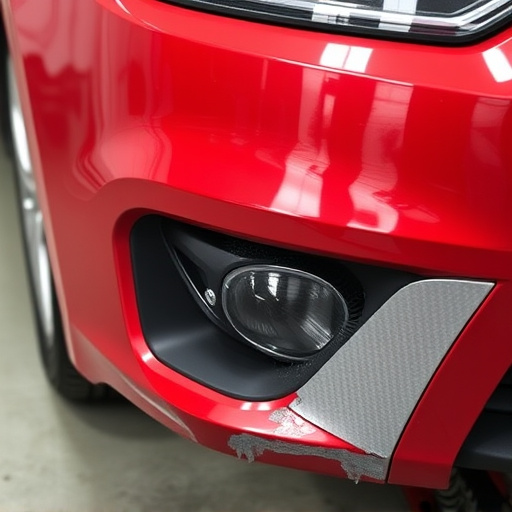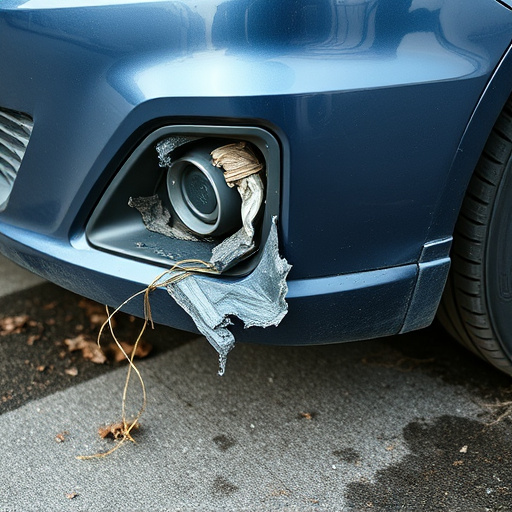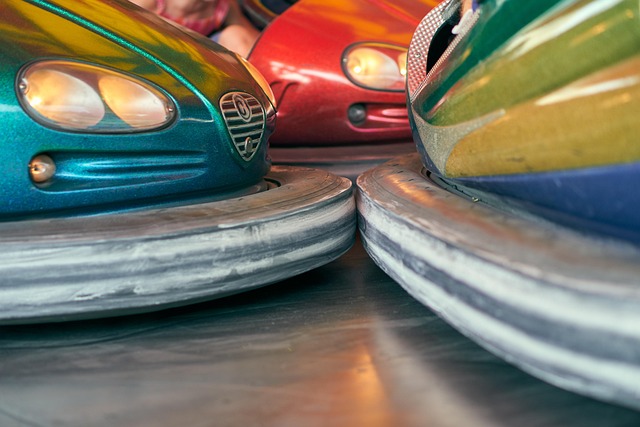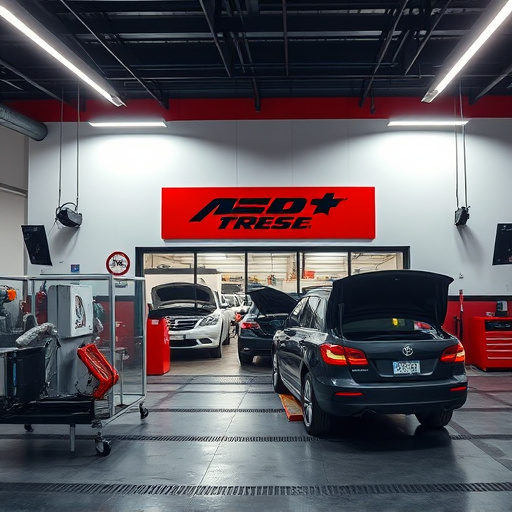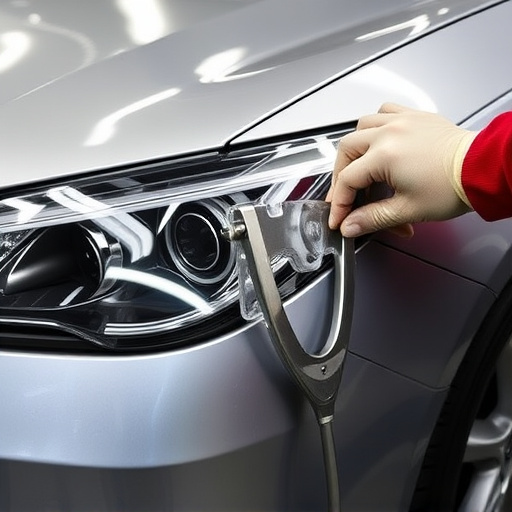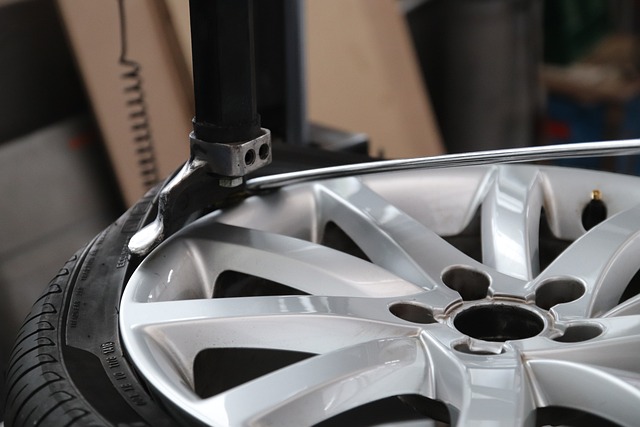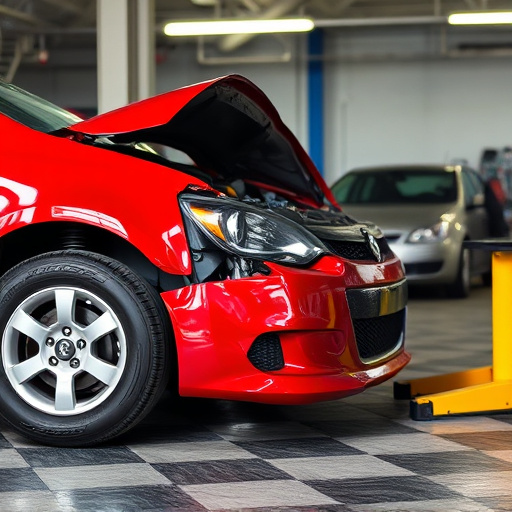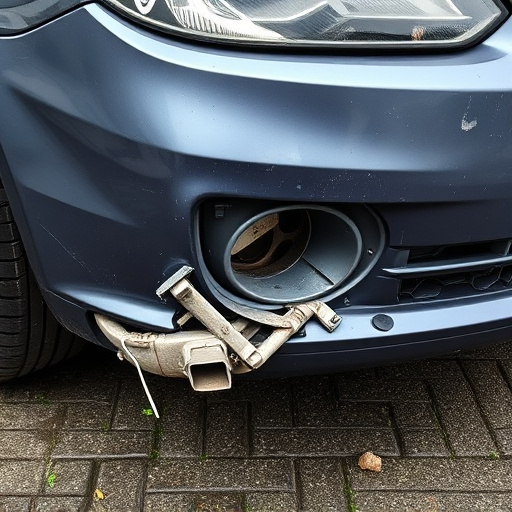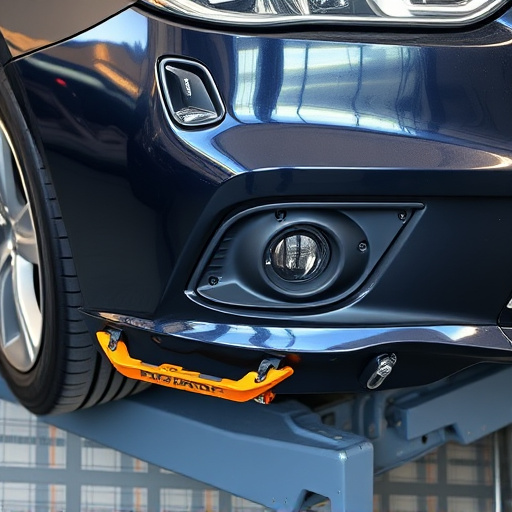Mercedes infrared-reflective glass is an innovative automotive solution that blocks 99% of UV rays and reduces interior heat, enhancing comfort and protecting against environmental factors. Manufactured through advanced coatings and materials, it offers superior thermal insulation and UV protection, ideal for extreme climates. Its durability improves fuel efficiency and extends vehicle lifespan by reducing air conditioning needs, making it a smart investment in automotive design.
Mercedes infrared-reflective glass is transforming the automotive industry with its advanced technology and innovative design. This cutting-edge material offers more than just a stylish look; it provides enhanced safety and comfort features for drivers.
This article delves into the understanding of Mercedes’ infrared-reflective glass technology, exploring its unique properties and advantages when used in windshields. We compare standard windshields to their reflective counterparts, shedding light on improved performance, reduced heat absorption, and enhanced driver visibility.
- Understanding Mercedes Infrared-Reflective Glass Technology
- Advantages of Using Infrared-Reflective Glass in Windshields
- Comparison: Standard vs. Infrared Windshield Performance
Understanding Mercedes Infrared-Reflective Glass Technology
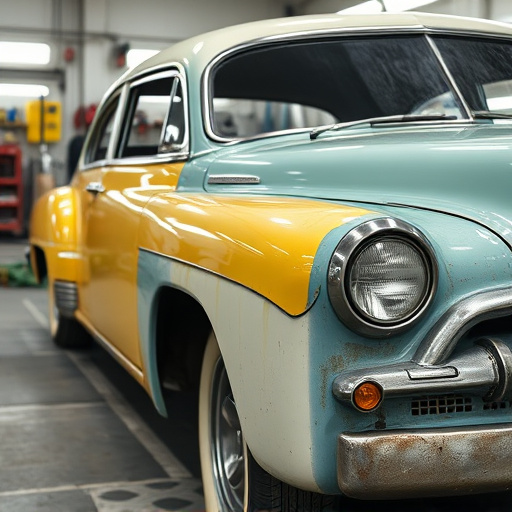
Mercedes infrared-reflective glass represents a significant advancement in automotive technology. This innovative material is designed to block up to 99% of harmful UV rays and significantly reduce interior heat buildup, making it a popular choice among vehicle owners looking for enhanced comfort and protection. The technology works by reflecting a large portion of infrared radiation back towards the source, preventing it from entering the cabin. This not only keeps the interior cooler but also reduces the need for excessive air conditioning, leading to improved fuel efficiency.
Infrared-reflective glass is produced through a meticulous manufacturing process that involves special coatings and advanced materials. Unlike traditional windshields, which are primarily designed for structural integrity and visibility, Mercedes infrared-reflective glass focuses on thermal insulation and UV protection. This makes it particularly valuable in regions with extreme climates or high solar radiation levels. Moreover, the durability and long-lasting performance of this glass make it a smart investment for vehicle owners, as it can be expected to withstand the rigors of everyday use while providing superior protection against environmental factors.
Advantages of Using Infrared-Reflective Glass in Windshields
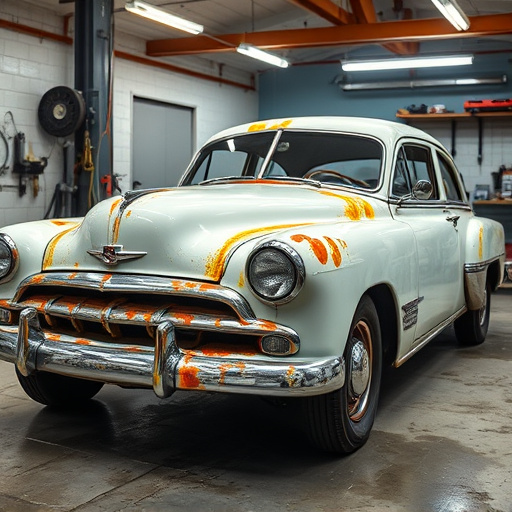
Mercedes infrared-reflective glass offers several advantages when used in windshields, enhancing both performance and passenger comfort. One of its key benefits is heat reduction. Traditional glass allows solar radiation to pass through, leading to excessive interior heating. However, reflective glass creates a barrier by reflecting much of this infrared energy back towards the source, significantly decreasing the amount of heat that enters the vehicle. This is particularly valuable in regions with hot climates or for those who spend significant time driving under direct sunlight.
Moreover, this advanced glass technology contributes to better visibility and improved safety. Unlike regular windshields, which can become foggy or cloudy when exposed to high temperatures or direct sunlight, reflective glass maintains clarity. This is especially beneficial during extreme weather conditions or while driving at night, ensuring the driver has an unobstructed view of the road. Additionally, some car paint services use Mercedes infrared-reflective glass in their collision repair services, providing a more durable and efficient solution for damaged windshields, thus reducing the need for frequent replacements and enhancing overall vehicle longevity.
Comparison: Standard vs. Infrared Windshield Performance
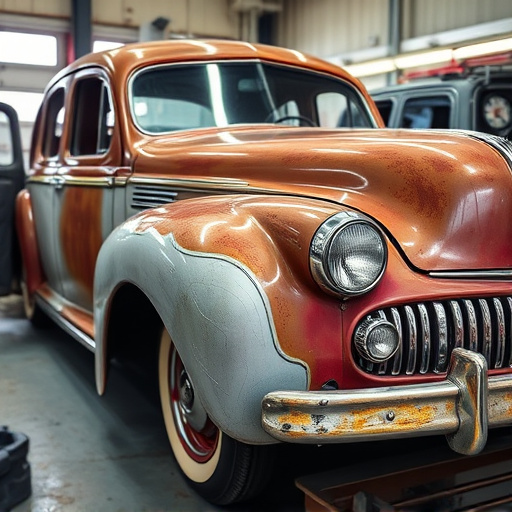
When comparing Mercedes infrared-reflective glass to standard windshields, several key performance differences emerge. The reflective glass is designed with a special coating that reflects a significant portion of the sun’s infrared rays, significantly reducing the amount of heat transferred into the vehicle. This not only makes driving in hot climates more comfortable but also contributes to better energy efficiency by lowering interior temperatures and thus reducing the need for excessive air conditioning.
In contrast, standard windshields offer minimal protection against infrared radiation. They primarily serve to protect against visible light and ultraviolet rays, leaving drivers susceptible to heat buildup inside the car. This can not only make it uncomfortable for occupants but also impact the overall performance of car repair services, especially in regions with extreme temperature variations. Moreover, considering the constant demand for cooling during hot seasons, tire services may also face increased strain due to elevated interior temperatures.
Mercedes infrared-reflective glass represents a significant advancement in automotive technology, offering numerous advantages over standard windshields. Its unique ability to reflect infrared radiation not only enhances driver comfort by reducing interior heat but also contributes to improved fuel efficiency and reduced environmental impact. When comparing performance, Mercedes infrared-reflective glass excels in blocking heat while maintaining visibility, making it an ideal choice for modern vehicles seeking both style and functionality.
